
views
Choosing a Herbicide
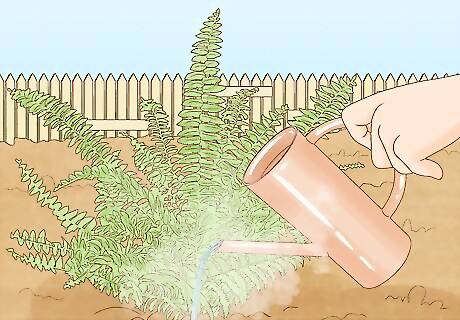
Use boiling water as a cheap, natural herbicide. The simplest, most budget-friendly herbicide is hot water. Pour boiling water over a plant's root system and leaves to kill it within several days without leaving a poisonous residue in the soil. You should need 1–2 gallons (3.8–7.6 L) of water to kill the fern, depending on its size. While you'll only need to pour the water once for most plants, you may need to repeat the process for larger or stubborn ferns. Use caution while handling hot water to prevent burns and other injuries.

Douse the fern with saltwater as a quick herbicide. Table salt or rock salt equally works as a herbicide, especially when dissolved in water. If you want to kill the plant's root system within several days, saltwater is a natural, highly effective option. If you want to create salt water, mix the solution in a ratio of 1 part salt for every 8 parts water. Depending on the plant's size, mix 1–2 gallons (3.8–7.6 L) of the saltwater solution. Do not use salt if you plan to replant a new fern or shrub in that area, as salt has a detrimental effect for growing plants.
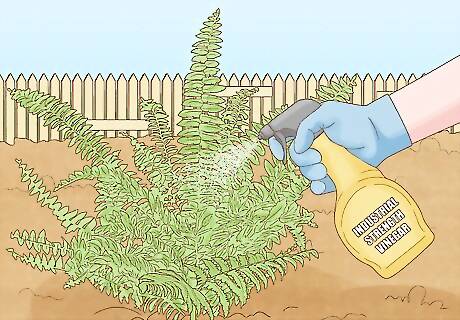
Spray the fern with vinegar in repeated applications. White vinegar and industrial strength vinegar are both natural herbicides. Unlike some herbicides, however, you may need to apply the herbicide daily until the root system dies completely. Industrial strength vinegar can irritate the skin, eyes, and lungs, so wear appropriate safety equipment while handling or use white vinegar as a safer alternative. Spray ⁄2–1 gallon (1.9–3.8 L) of vinegar on the fern to effectively kill its root system. Your fern should only need 1-2 applications and die within a few days of spraying the solution.
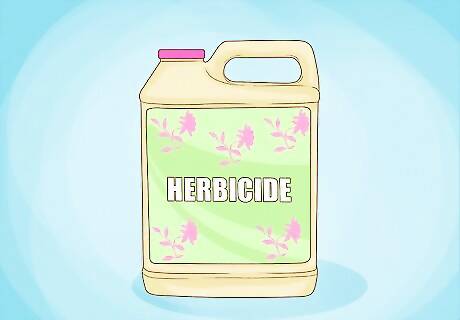
Use a chemical herbicide as the most effective fern killer. Chemical herbicides are the quickest and most reliable way to kill ferns. If you don't care about applying chemicals to your yard, buy a store-bought herbicide made for shrubs or invasive plants. You can buy herbicides from most garden centers or nurseries.
Applying the Herbicide

Wear eye, skin, and lung protection while handling herbicides. Both natural and chemical herbicides can cause respiratory, eye, or skin irritation. Before you apply the herbicide, put on safety goggles, a respirator, and gardening gloves to protect yourself. Wearing long-sleeved clothes can also protect your skin while you work.
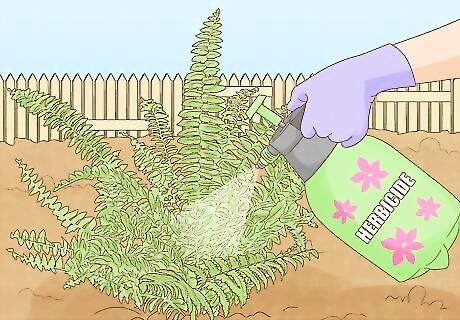
Spray the ferns' leaves, base, and soil. Although the root system is the most important part to spray, coat the fern's base and leaves in the herbicide as well. Depending on the herbicide, the fern should die within several hours or days. If using a store-bought chemical, check its packaging for specific application instructions. Reapply the herbicide daily or try another herbicide if the initial application doesn't kill the fern.
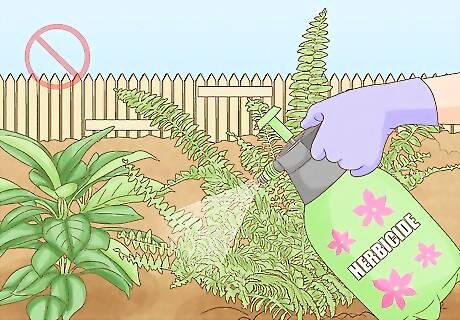
Avoid spraying other plants while applying the herbicide. Even herbicides made to kill ferns or shrubs can damage or kill other plants. Limit your herbicide application to the specific fern you want to kill and the ground directly below it.
Removing Dead Ferns
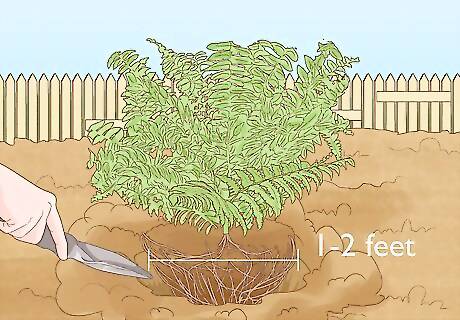
Loosen the dirt around the fern's root ball. Using a hoe or shovel, dig a trench surrounding the fern. Continue digging until you reach the approximate depth of the fern's root ball, which should have a diameter of between 1–2 feet (0.30–0.61 m). Dig as close to the fern's trunk as possible to loosen it from the soil.
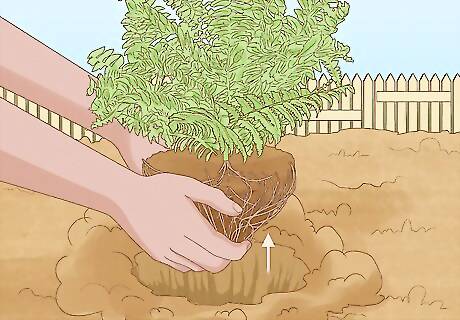
Pull the trunk out of the soil with your hands. After digging a trench around the fern, grab the trunk firmly with both hands. Pull up to lift the trunk out of the soil and continue pulling until you remove the entire fern from the ground, setting it aside and away from the soil. Wear long-sleeved clothes and gardening gloves while handling the tree to protect your skin from residual herbicides. If you still can't remove the fern from the soil, try digging closer around the tree's diameter or at a greater depth.
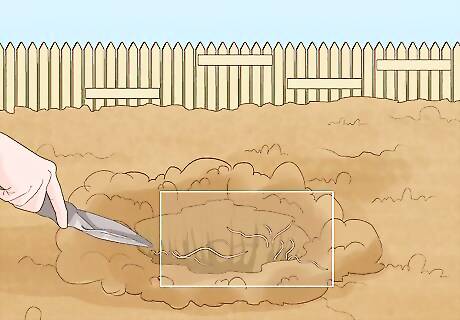
Dig up the entire root ball. To make the soil a hospitable place for the next plant, inspect the soil for any residual parts of the root system. Use your hoe or shovel to remove any remaining roots that you can see.
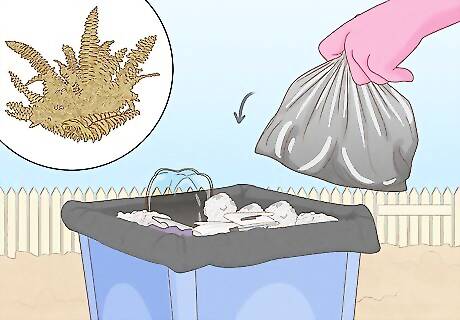
Discard the dead fern without reusing it. Do not compost the dead fern or use it for mulch, as the herbicide may make it poisonous to other plants. Throw the dead fern in the trash or ask local recycling centers whether they take shrubs that were killed by herbicides. If desired, you can use the dead fern for kindling instead of throwing it out. The only exception to mulching or composting the herb is if you used boiling water as a natural herbicide.














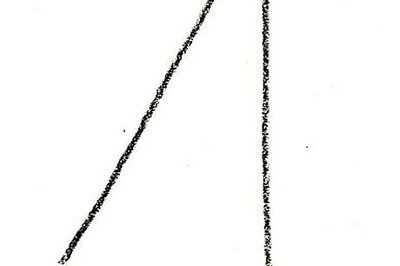
Comments
0 comment